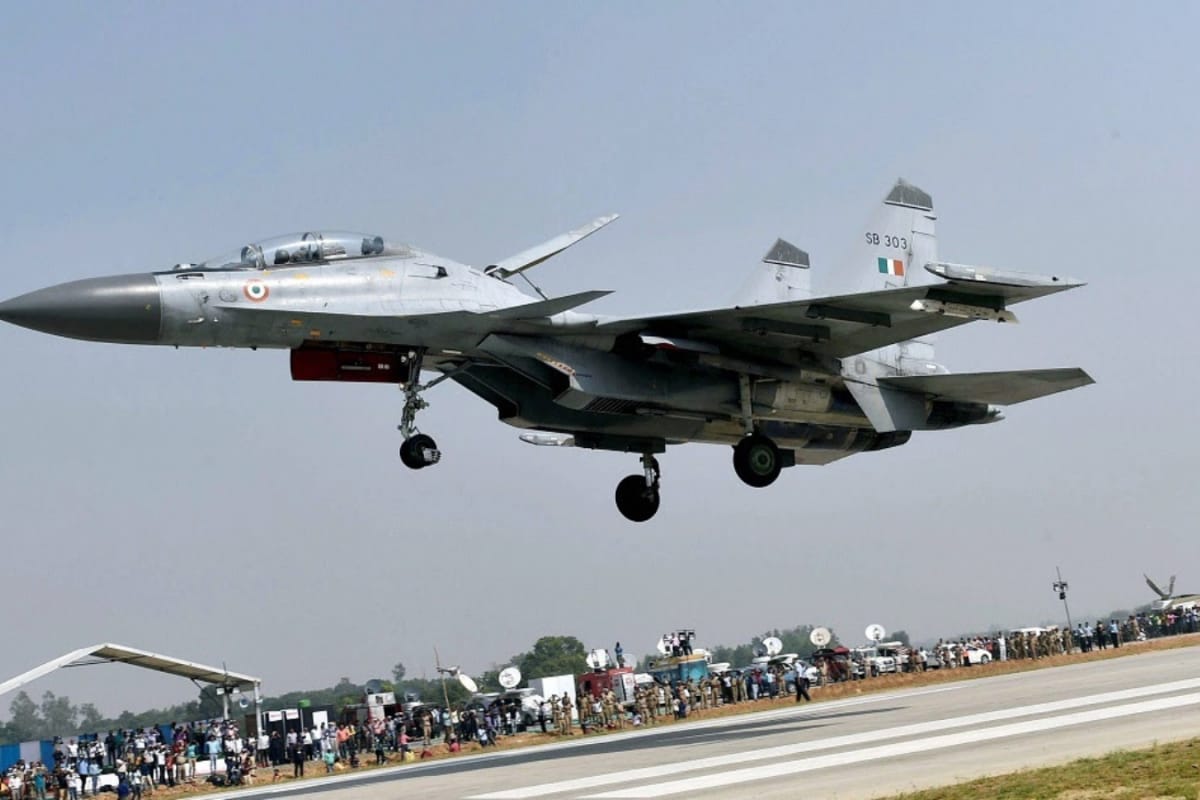As of July 2025, the Indian Air Force (IAF) has approximately 522 fighter jets. This number is a critical point of discussion when compared to the airpower capabilities of China and Pakistan, two of India's major strategic competitors.
Comparative Force Strength
- China: China possesses a significantly larger air force, with approximately 1,200 fighter jets. The People's Liberation Army Air Force (PLAAF) has been undergoing rapid modernization, incorporating advanced fighter jets such as the domestically produced J-20 stealth fighter and J-16 multirole aircraft. Overall, the PLAAF has a total active aircraft inventory of 3,733, with fighters making up approximately 53% of the total strength.
- Pakistan: Pakistan's Air Force has around 450 fighter jets. The Pakistan Air Force (PAF) relies on a mix of American F-16s, Chinese JF-17 Thunder aircraft, and French Mirage fighters. The JF-17, co-developed with China, forms the backbone of PAF.
Squadron Disparity
The number of squadrons each country operates further highlights the existing gap. By October 2025, India will have 29 fighter jet squadrons, while Pakistan will have 25. China, however, commands a substantial lead with 66 squadrons. Each squadron typically consists of 18 to 20 fighter jets.
Modernization and Challenges for India
The IAF faces challenges in maintaining its fleet strength due to factors such as the phasing out of older aircraft, delays in production, and the lack of an indigenous engine. The retirement of the MiG-21 squadrons is expected to reduce India's squadron strength.
Several factors have contributed to this situation:
- MMRCA Deal: The cancellation of the 126-aircraft Medium Multi-Role Combat Aircraft (MMRCA) deal in 2015 significantly impacted the IAF's combat strength.
- Tejas Delays: The indigenous Tejas Light Combat Aircraft was intended to ensure air superiority; however, delays in production and delivery have hindered its integration into the fleet. As of May 2025, the IAF has received 36 Tejas fighter jets.
- Engine Issues: A major hurdle in the 'Made in India' program is the inability to produce an indigenous fighter jet engine. The Kaveri engine project failed to meet the required standards.
Future Prospects and Acquisitions
To address these challenges, India is planning several acquisitions and upgrades:
- Tejas Mark-1A: The IAF hopes to induct more Tejas Mark-1A, with 83 aircraft on order. However, deliveries have faced multiple production delays.
- Tejas Mark-2: There are plans for the Tejas Mark-2 variant, which will feature a more powerful GE F-414 engine. This engine is planned to be co-produced in India with a technology transfer.
- Advanced Medium Combat Aircraft (AMCA): India is also considering the development of a fifth-generation Advanced Medium Combat Aircraft (AMCA).
- Rafale: While 36 Rafale jets were procured from France, they were insufficient to address the needs of the aging fleet. A new order for 26 Rafales has been placed for the Indian Navy.
- Fifth-Generation Fighters: The IAF is actively seeking to acquire two to three squadrons (40 to 60 aircraft) of fifth-generation stealth fighter jets from foreign sources to bridge the capability gap until AMCA is ready.
Regional Implications
The near-parity in squadron numbers between India and Pakistan is a concern, especially considering China's larger air fleet. This situation has prompted the IAF to emphasize the need for modernization and the induction of new fighter jets.
Conclusion
While the IAF has a substantial number of fighter jets, the comparison with China and Pakistan reveals disparities in fleet size and modernization. The IAF is actively pursuing acquisitions and indigenous development programs to enhance its capabilities and maintain a competitive edge in the region.

